Exercise
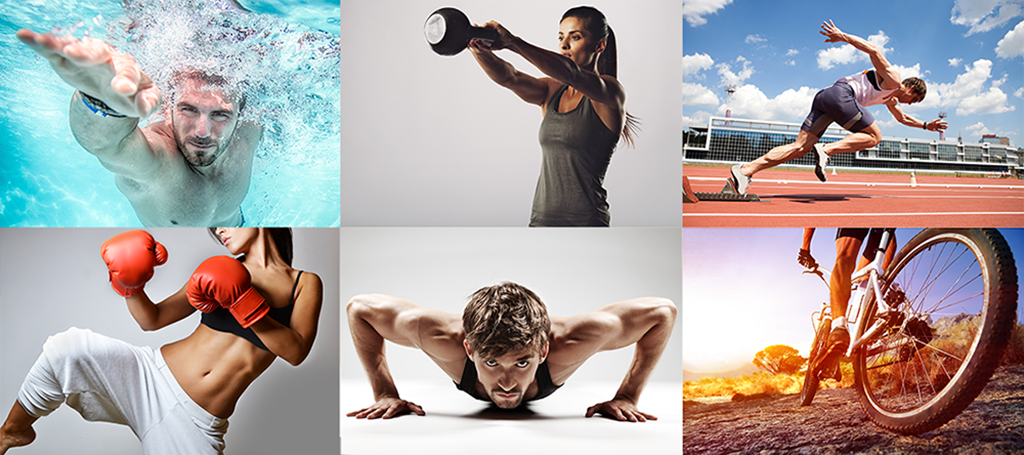
Are we guilty of employing the principle ‘more is more’, especially concerning exercise? Unless an elite endurance athlete, marathon sessions lack intensity and technique.
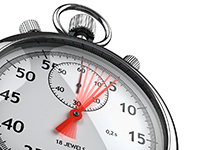
Choose few exercises and practise more. The earlier we learn and practice the principle, ‘Less is More’, the sooner we will make progress and achieve life balance.
A pre-planned ‘intensive’ resistance exercise session can range from 30 minutes to 1 hour. Aerobic endurance exercise and sport specific training can be longer in length, although correct fuelling before, during (over 1 hour duration), and after dependant on intensity and duration are critical to maintain anabolism and performance. Refer to chapter, ‘Carbs are King’.
Why an ‘intense’ 30 minutes to 1 hour?
In not overtraining we remain anabolic (i.e. release more testosterone and growth hormone, helping build muscle tissue, rather than break it down). Training beyond the hour our ‘good hormones’ testosterone (women produce testosterone, although in less quantity) and growth hormone levels decline and are overtaken by the catabolic hormones cortisol, glucagon and adrenaline (muscle wasting) which continue to rise. In effect we are doing more harm than good. We can use the extra time to spend with family, or read a book. Refer to chapters, ‘Testosterone Truths’ and ‘The Anabolic Drive’.
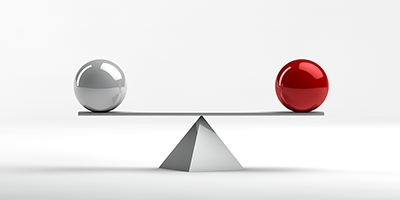
Depending on volume and intensity, exercise produces a cascade of hormonal responses. Briefly touched on, some are beneficial, others not, when allowed to elevate too high for too long. Cardiovascular (aerobic) and resistance (anaerobic) exercises have a profound effect on metabolism and the endocrine (hormonal) system. The primary hormones generated through exercise are testosterone, growth hormone, insulin, cortisol, thyroid hormones and adrenaline. They have multiple functions within our bodies; with optimum nutrition, progressively intensive exercise, sufficient rest, deep sleep and management of stress our hormonal balance will bestow epic health.
Consult your GP before beginning any nutrition or exercise programme.
Unless training for speed and power, when lifting and lowering weights, or pushing and resistance a force, the principle ‘less is more’ is equally important.
Never Sacrifice Form for Reps. It’s not About the Number!
Some may choose chemical assistance to maximise their space on the planet. Most are of the opinion; a natural physique is more aesthetic, sexually attractive and healthy. Maintaining form/control is the vital element for consistent improvements. Work in slow motion; increase time under tension, decrease time wasted, increase physical improvement.
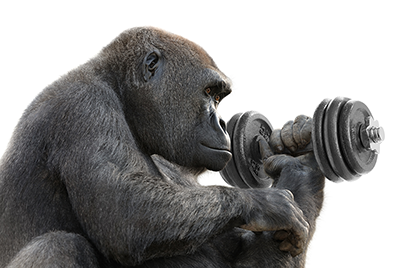
The silverback gorilla moves slowly and purposefully. He does not move quickly to demonstrate his authority. Practising masterful technique is alpha in the jungle of weights; never sacrificing technique for weight! Muscles grow when their fibres are stressed by a force imposed upon them. When we lift and lower a weight, or push and resist a force that challenges us with correct technique we will experience muscle growth, given correct nutrition and sufficient recuperation. The principle ‘less is more’ is the logical choice. Momentum does not play a part in the muscle building process; working against the force of gravity stimulates muscle growth, requiring concentration, requiring application.
What Effects Muscle Growth?
Five main factors affect our muscles rate of developing:
Why Do Certain Muscles and Some People Never Achieve Their True Potential?
Muscles are often victims of circumstance, sometimes forced into doing things they are not yet able to; muscles being blamed for many musculo-skeletal conditions. Muscles need to be treated with care and respect, requiring teachers who support and accommodate growth within a realistic timeframe.
Muscles are ‘slave units’ of the nervous system. Working muscles are dependent on blood flow and space supplied by the fascia for their function.
Muscles are unable to function normally if the blood supply and space is restricted, impairing their ability to work optimally. Muscles by their nature become victims of circumstance, we, by our nature become victims of circumstance.
The Path to Progress is Change
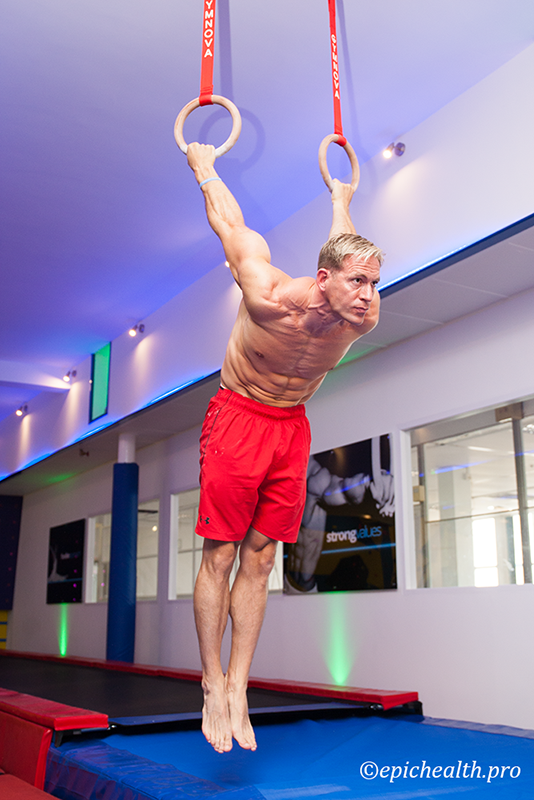
Is our body capable of achieving twice as much as we think it can; or will our body achieve twice as much if we think it can?
‘Skin the Cat’ is a gymnastics exercise. When most are asked to perform this exercise for the first time, they respond “I’m afraid I can’t do that!” With encouragement bravery accompanies them.
When we move a complex chain of events occurs. This can only happen if our ambition to move is greater than our desire not to. It may seem to us that the electrical impulses travel at lightning speed from our central nervous system to move our muscles.
Our incredible muscles are interspersed with blood vessels and winding nerve fibres that stimulate them to contract or relax. We are interwoven into the fabric of life.
Moral values hold humanity together, muscles and tendons hold us together, although these values and sometimes these fibres are stretched to breaking point. Nutrition feeds muscles. Is love for each other our nutrition?
Is Rest Important?

Muscles, tendons and our hormone system are subjected to incredible stress during exercise, particularly when worked intensively (relative to the individual). Our bio-mechanical and bio-chemical systems require rest for them to recover from the battlefield of exercise. When exercising maximally, each muscle group will benefit more from being exercised only once every six days, allowing sufficient time for recovery, as muscles only repair and grow stronger and larger during rest and sleep; given correct nutrition. Listen to your body, it will tell you when it requires rest. Over-exercising is counter-productive, instead of presenting us with less fat, toned muscle, greater energy and mental awareness, the opposite occurs.
The same applies to a lesser extent with aerobic exercise. Over-exercising the cardiovascular system suppresses our immune system, bio-mechanical system and our hormone system as well as not allowing the Type I slow-twitch fibres sufficient recovery time.
Adequate rest is essential for optimum performance and good health. The truth is the majority of us under-exercise rather than over-exercise.
In developing our better physical self, the torch of diversity leads us out of darkness.
The Path to Progress is Lit by the Torch of Change.
Cardiovascular CV:am
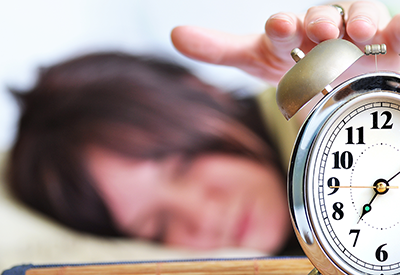
Early in the morning the duvet pins us to the mattress and our pillow transforms into a magnet. We were born to develop. Get up and seize the day!
We are on this Earth to act, rather than be acted upon. Whenever we are annoyed at waking from sleep, remember that performing our daily tasks is in accordance with our nature.
Pleasure comes from external sources; happiness from within. Happiness begins each new day. It is ours to make whatever we want it to be.
The Lust for Comfort Murders the Passions of the SoulKahlil Gibran
It takes time to overcome the pull of old habits. Would we start our day without brushing our teeth? Why not: because it is habitual. We have done it for so long that it is no longer a choice; it is what we do. Making CV:am part of our routine does take more effort and discipline, but the rewards are great. Do so, and each day we will feel this way! Doing is flowing with the rhythms of natural processes and against the natural inertia of our inherent laziness.
Win the Battle of the Bed. Mind over Mattress!Robin Sharma
Our nature is to choose the path of least resistance. Nature has set limits to our pleasures; limits to eating and drinking, yet we choose to surpass our limits on these. On taking action, we choose to stay well within our boundaries of what we are capable. We must be brave and throw off the covers that restrain us, saying to ourselves...seize the day!
Carpe diem and Enjoy the day!
CV:am Exercise is the Progress of Life;
Cardiovascular; often abbreviated C.V. is exercising of our cardiovascular and respiratory systems (heart and lungs).
CV:am is to Utilize Our Time & Kick Start Our Metabolism by Exercising on Waking.
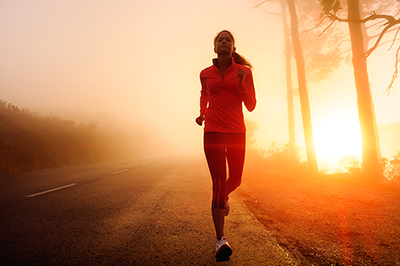
For fat loss it is more effective to perform C.V. exercise in the morning. This will raise our metabolic rate for the remainder of the day and will burn roughly three times more body fat than the same session in the evening.
Choose the type of C.V. exercise you prefer or is best suited to your sport. It is the time of day, intensity and duration that is important. More important still is to do what we say we will do, and do so consistently. In one year this is 50 hours out of 8,736 for a 20 minute commitment 3 times a week (0.005%) or 75 hours for a 30 minute commitment (0.008%). This includes a 2 week break for holidays; a small commitment to ourselves, our health and in developing our better-self. What better return can we ever hope to receive from such a small investment? If you commit to 100-150 hours a year, this will be the best investment you will ever make!
It’s Always Darkest Before the DawnThomas Fuller
Early to Bed; Early to Rise.
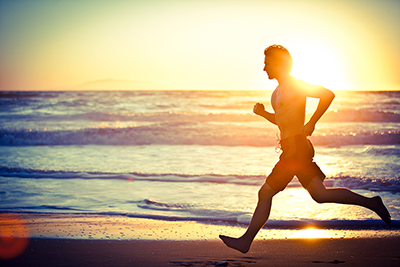
Get into optimum physical condition. Exercise helps us look better, feel stronger and fills us with energy. It also makes us happy.
CV:am will:
- Ensure we hit the ground running!
- Make us fitter mentally and physically
- Burn 3 times more body fat
- Raise our metabolism for over 18 hours
- Develop our better-self
What more reason do we need to wake up in the morning than to develop our lives and discover our better-self!
When we begin each day this way we will awaken from the troubled sleep of our lives.
Safety First
Get the rewards from exercise without placing yourself at risk. Seek professional advice before commencing an exercise regime.
Consult your doctor if YES is the answer to the questions below:
- Have you not exercised for 3 years or more?
- Do you have high blood pressure?
- Do you have high cholesterol?
- Do you have symptoms of illness or disease?
- Are you currently taking blood pressure or heart medication?
- Do you have a pacemaker or another implanted electronic device?
- Do you have a history of breathing difficulty?
- Are you recovering from serious illness, surgery or medical treatment?
- Do you smoke or drink excessively?
- Are you pregnant or lactating?
HIIT It with...
High Intensity Interval Training (HIIT)
Taking C.V:am to the next level
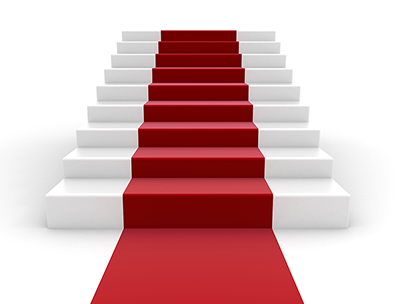
When we really want to HIIT it; High Intensity Interval Training and Sprint Interval Training (SIT) are time efficient and effective forms of cardiovascular exercise.
High Intensity Interval Training and Sprint Interval Training are intended for athletes. They should only be attempted by beginners or returning exercise enthusiasts at a basic level following at least 6 weeks progressive cardiovascular exercise or supervision with a conscientious fitness professional.
Be patiently consistent and consistently patient...your heart will thank you for it!
It is very important that each individual progresses to these levels of intensity over a realistic time frame, from a good foundation of fitness, preferably with guidance from an ethical fitness professional.
HIIT and SIT
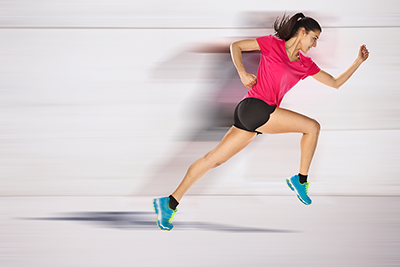
HIIT and SIT are periods of short intense anaerobic exercise alternated with less-intense recovery periods or rest; consisting of a warm up period, followed by six to ten repetitions of high intensity exercise at maximum intensity; separated by light/medium intensity exercise, or rest, finishing with a cool down period and stretching.
The number of repetitions and time periods vary depending on ability. These focused and intense workouts provide improved athletic ability and condition, efficient glucose metabolism and increased fat burning due to the ‘after burn’ effect.
Less is MORE!
- HIIT and SIT exhausts our muscles of glycogen (stored energy), that can take between 24 hours and 48 hours to replenish dependant on intensity
- HIIT completed 3 times per week achieves similar benefits to performing steady state cardiovascular exercise for the same length of time 5 times per week.
- HIIT and SIT, dependant on intensity can lose up to 9 times more fat than steady state cardiovascular exercise, due to the ‘after burn’ effect.
Caution
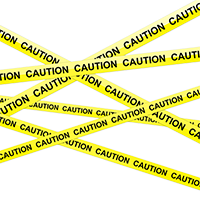
Not many gyms, health clubs and fitness professionals honour the privilege of someone placing their trust in them; literally placing their life is in their hands. Bootcamps and group sessions can be even more cavalier. Sometimes profits are placed before welfare and numbers before education.
Common injuries such as muscle strains, ligament sprains, tendonitis, back pain and joint damage can often be avoided with due care and attention. Remember your heart is a muscle and can be damaged if not monitored correctly. It is worse than insurance brokers selling insurance that someone does not need, or solicitors charging for time they have not earned: this will only hurt your pocket not your body or your heart. No-one will take as good care of you as you will of yourself. Become educated and take responsibility. Choose your health professional carefully.
Take Responsibility!
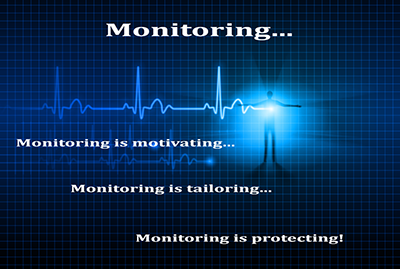
- Monitoring...
- Monitoring is motivating...
- Monitoring is tailoring...
- Monitoring is protecting!
To accurately measure your heart rate a monitor is required (Polar and Garmin are trusted brands). This device registers your ECG (electrocardiogram: electric signal originating from our heart) and transmits an electromagnetic signal to a receiver device; usually a watch and/or display on a treadmill or crosstrainer etc. This gives real time accurate readings of your heart rate, allowing you to tailor your HIIT sessions and also monitor and record progress over time.
As we become fitter our heart becomes stronger and more efficient, shown by your RHR decreasing, increased intensity to reach target Heart Rate Zones and recovery times between intervals becoming shorter. Monitoring progress specifically and accurately is more motivating. The fitter we become the sooner our heart rate returns to normal.
Heart Rate HIIT is bespoke and more accurate than the predefined interval and recovery times set generically (one size shoe does not fit all). Beginners and returning exercise enthusiasts will require longer recovery between intervals until their fitness improves. Heart Rate HIIT is a customised safer method giving the individual the confidence to know when to hold back and when to HIIT IT!
Heart Rate HIIT can also be tailored to sports specific training, replicating the fitness for a chosen sport (reproducing the start and stop intervals of a sport).
The Fat Loss ‘After Burn’ Effect
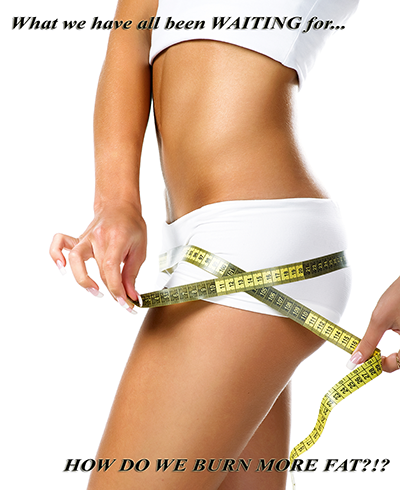
What we have all been WAITING for HOW DO WE BURN MORE FAT?
HIIT and SIT sessions are time efficient and extremely effective because the main benefit is after the event...the ‘after burn’ or EPOC (Excess Post-exercise Oxygen Consumption) causing a metabolic deficit in our body, increasing our fat burning capacity, therefore greater calories burned. The ‘after burn’ effect means we can burn more calories for up to 48 hours following a HIIT or SIT session.
Intensity is dependent on the largest muscle groups being activated under sufficient load with correct technique at maximal intensity over a short time (in seconds or working up to 90% heart rate zone) for a set number of intervals interspersed with active recovery time; the shorter the recovery the greater the intensity (using either time or heart rate zones).
Results are Relative to Intensity
When our body is in ‘after burn’ we are in a rested state. Our body utilises fat for energy at rest (at work, relaxing, sleeping etc.) using the aerobic energy system. Our aerobic system requires oxygen and utilises both glycogen and fat reserves for fuel. Refer to chapter, ‘Body’.
The ‘after burn’ effect or EPOC increases the more intense HIIT we do. Over time your HIIT sessions will increase in intensity as you become fitter. As you improve your muscles ability to store energy (glycogen) increases, therefore your demands for fat release increase retrospectively. Your body becomes more efficient at channelling energy coming into the body, from food channelled to your muscles, rather than to your fat stores. The obvious benefit from HIIT of improved athletic performance has the additional benefit of not only burning more fat, but also storing less fat as well. The ‘after burn’ effect is the magic formula.
LESS TIME x MORE INTENSITY = FASTER RESULTS!
During HIIT the more our muscles burn the greater the ‘after burn’!
The Nutrition Principle
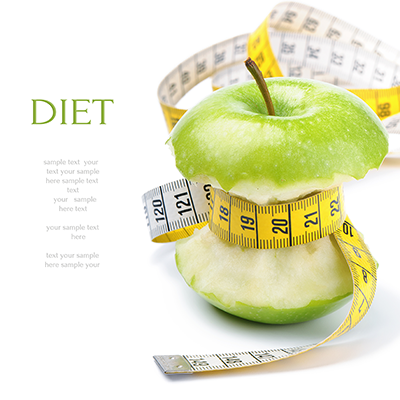
The fat loss benefits of HIIT can only be achieved when the overriding principle is understood and applied. This principle precedes and surpasses ALL exercise principles. It is the 80/20 Rule. Fat loss and athletic performance is 80% nutrition/20% exercise. The Nutrition Principle is the rock we will break ourselves upon if we do not respect it. Refer to chapter, ‘Rocks’. If we overeat we will gain fat and become slow. Overeating combined with over consumption of sugary and fatty foods will make us fatter and slower! Refer to chapters, ‘Life Giving Foods’ and ‘Gluttony’.
Studies continue to prove that the higher the intensity for shorter durations has a direct correlation for both physical appearance and performance. Two of the most recognised studies with health and fitness professionals are that of Dr. Tabata and a research study on EPOC (Excess Post-Exercise Oxygen Consumption).
The effectiveness of the ‘after burn’ (explained above) has a direct correlation with intensity. The variables that increase intensity of exercise are:
- Load (weight/resistance)
- Rest Intervals (duration)
- Speed (faster is better)
Tababta Training is the most intensive, gaining as much muscular endurance as 45 minutes of steady-state cardio; it also causes the greatest ‘after burn’ effect. To make Tabata Training even more effective we can place load on the largest muscle groups. The greater the load on the larger muscle groups (ensuring correct form) the greater the ‘after burn’ effect.
‘Change’ Approach
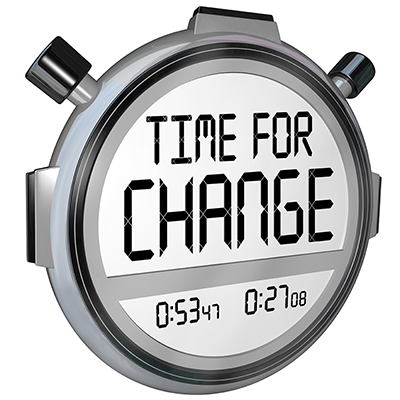
Because ‘Change’ effects change the best approach is a combination of HIIT and SIT, sometimes placing load on largest muscle groups; strength training and circuit training employing compound movements rather than isolation exercises to recruit as many muscles as possible in a functional way (how we use them day to day). Compound movements include squats, deadlifts, press ups and pull ups, and multiple variations of these movements. These simple and highly effective movements cause the greatest effect on our bodies when performed correctly. They stimulate a cascade of good neuroendocrine (hormonal) responses enabling us to build muscle and lose fat faster. Our aim is to progressively improve each mesocycle; a set programme over 3 weeks, noting achievements in each microcycle (each week) then a new programme is implemented. The ‘Change’ Approach combined with intensity exponentially maximizes results by producing the greatest power; as well as eliciting and maintaining the greatest ‘after burn’ effect.
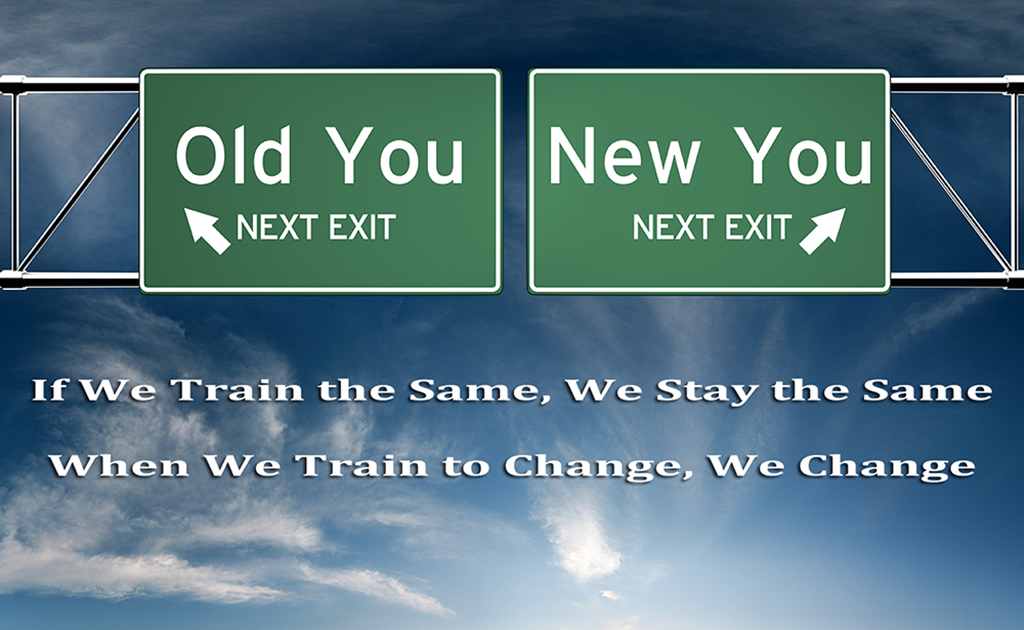
HIIT, SIT and Tabata in ascending order are the fastest and most efficient ways to enhance fat loss and improve performance aerobically and anaerobically.

If we train the same, we stay the same. When we train to change, we change
Exercise: the Elixir of Life
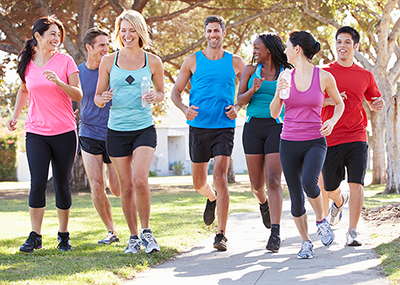
Vanquish the stresses of life with exercise. Regular physical exercise improves both our physical health and mental health, helping in preventing depression, promoting and maintaining positive self esteem, also enhancing body image. Exercise boosts the immune system, helping to prevent the ‘diseases of excess’ including heart disease, cardiovascular disease, Type 2 diabetes and obesity. With Childhood obesity approaching epidemic proportions in ‘developed’ countries; our children are crying out to be encouraged in the pursuit of physical exercise.
Is Exercise the "Wonder" Drug?
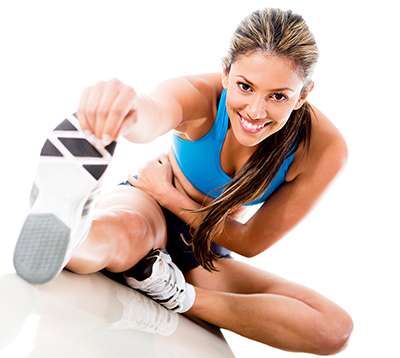
Exercise is one of the most effective ways to lessen depression, boost energy levels, enhance mood and relieve stress. Finding a physical activity we enjoy is the first conscious step on the longevity path to a healthier and happier human being. The feelings of well-being experienced from exercise, combined with increased energy, better sleep patterns and the discovering of a sense of calm are not simply life changing; they are life transforming.
Exercising regularly helps us take back control from anxiety, viewing stressors not as problems; as challenges. Aerobic exercise releases hormones (endorphins, serotonin) that relieve stressful feelings, promoting a sense of euphoria.
The pituitary gland, located at the end of a stalk in the brain releases endorphins during sustained, vigorous exercise. Believed to be released in response to painful or stressful stimuli, endorphins diminish feelings of pain associated with exercise, allowing us to exercise at higher intensities for longer. The endorphin effect decreases stress, promotes euphoric feelings, decreases appetite and improves immune response.
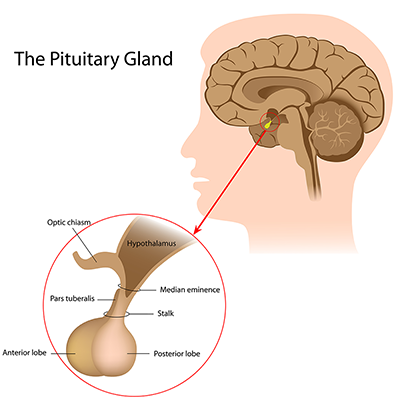
Neurons in the pineal gland, also in the brain release the neurotransmitter serotonin: this diverse hormone affects many structures around the body; adequate sleep and exercise stimulates the release of this neurochemical, known as a natural mood enhancer. When levels of serotonin are increased, symptoms of depression can be decreased.
The positive emotional effects gained from regular exercise are amazing!
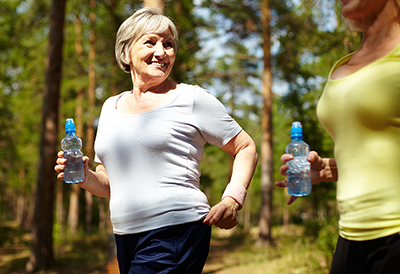
- Decreased Stress
- Improved Self-Esteem
- Enhanced Mood
- Better Memory and Mental Acuity
Study shows similar decreases in depression between groups that exercised and groups that took anti-depressant medication.
Is it better to naturally cure mild to moderate depression through exercise, being as effective as drugs, rather than clinically treating with antidepressant medication? Since exercise releases these powerful chemicals that lift and energises us, help concentration and mental acuity, why would we not? Exercise also helps prevent age-related decline and stimulates the growth of new brain cells.
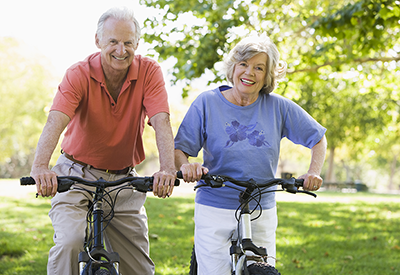
Regular exercise is an investment in our body and mind; this habitual nature greatly improves self-esteem, as well as boosting our energy. Increasing our heart rate several times a week will yield the best return on investment we will ever make.
A study 'Archives of Internal Medicine: Effects of Exercise Training on Older Patients With Major Depression' in 1999 by Duke University researchers James A. Blumenthal and Michael A. Babyak, published in the ‘Archives of Internal Medicine’, found that those over 50 who exercised at a moderate intensity of 40 minutes, 3-5 days per week, experienced the greatest mood-boosting benefits. (The release of chemicals into the brain, vary between individuals who exercise at the same intensity.)
Many hurdles we place in front of us, preventing us from exercising; obstructing the path to a healthier happier life are not real; like the stress we perceive in our lives. They exist because we believe they exist.
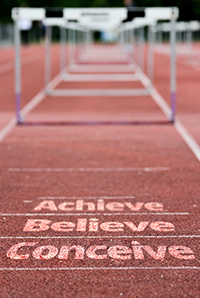
- We may perceive exercise as a chore; we can believe it to be of benefit.
- We may perceive exercise as painful; we can believe it to be enjoyable.
- We may perceive exercise as time wasting; we can believe exercise to be life giving.
- We may perceive exercise as tiring; we can believe it to be energising.
- We may perceive exercise is for the young; we can believe it will keep us young.
- We may perceive exercise is for the thin; we can believe it will make us slim.
- We may perceive exercise is for the healthy; we can believe it will make us healthy.
- We may perceive exercise is for the obsessed; we can believe it is for the dedicated.
- We may perceive we are too old to exercise; we can believe it will keep us young.
Whatever we decide it to be, it will be. Most importantly, discover the exercise that is right for you.
Exercise is a Proven Treatment for Many Diseases; from Arthritis to Diabetes.
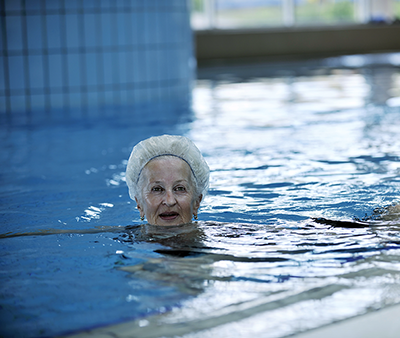
We can experience the physical and mental health benefits of exercise with 30 minutes of moderate exercise five times a week. Moderate exercise means, a slightly elevated heart rate, noticeable breathing and an increase in body temperature, e.g. walking and swimming is kinder to joints. Some exercise is better than none, so increase frequency as you see fit. As frequency improves, so too will feelings of vitality. Making exercise habitual is one of the kindest things we can do for ourselves.

Different forms of activity provide amazing and varied benefits. Aerobic exercises (e.g. running, cycling, racket sports and swimming) strengthen our heart and increase our endurance. Conditioning exercises (e.g. resistance training, circuit training and rock climbing) build muscle and improve bone mass. Flexibility exercises (e.g. palates and yoga) help prevent injury, enhance flexibility and limit aches and pains. A cross section of all delivers optimum holistic health. Some disciplines encompass aerobic, conditioning and flexibility (e.g. gymnastics and martial arts).
Move more, walk more; enjoy an active lifestyle. Complicate it less; then progress. Rush less, prioritise more. Criticise yourself and others less, compliment and exercise more.
Virgin exercisers and those coming out of exercise retirement are advised to seek medical approval before commencing an exercise regime.
Exercise will integrate into our lifestyle when we find enjoyment and make it fun! Once the pursuit is chosen, share the experience with a friend. Committing to others increases the chances of honouring promises. The motivation is greater when there is someone else, other than ourselves to disappoint, better still to inspire one another.
To stay motivated; expect setbacks, then realise and actualise that change is good. Set goals and welcome rewards.

Consistency is the cornerstone of health and vitality. We are habitual creatures; we can make exercise habitual. We will persistently feel worse or better, dependant on that we choose not to, or to do consistently. Refer to chapter, ‘Habits’.
Design a SMART Plan before beginning; make it Specific, Measurable, Achievable, Realistic and Timed. Refer to chapter, ‘Success’.
Record the Experience with measurements and photographs. This will reveal if the SMART plan is in need of revision and determines also our accountability. Refer to chapter, ‘Life Map’.
Maintain Fascination with variation, integration and stimulation. Change is more than good; it is essential. Invite or join others in exercise; fitness and friendship will flourish. Exercise around nature and exercise will be in our nature. Refer to chapter, ‘Way of Life’.
Walk the Walk. Actions speak louder than words; show others by carrying the torch of commitment in achieving what we say we will do. These actions will light a fire in others. Refer to chapter, ‘Walk the Walk’.
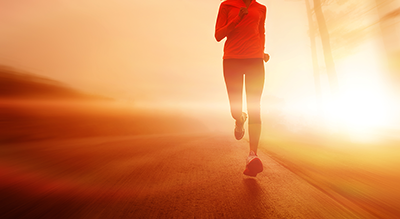
- INSPIRATION. First we feel motivated to move.
- MOTIVATION. We become committed to keep moving.
- DEDICATION. We are always moving!
